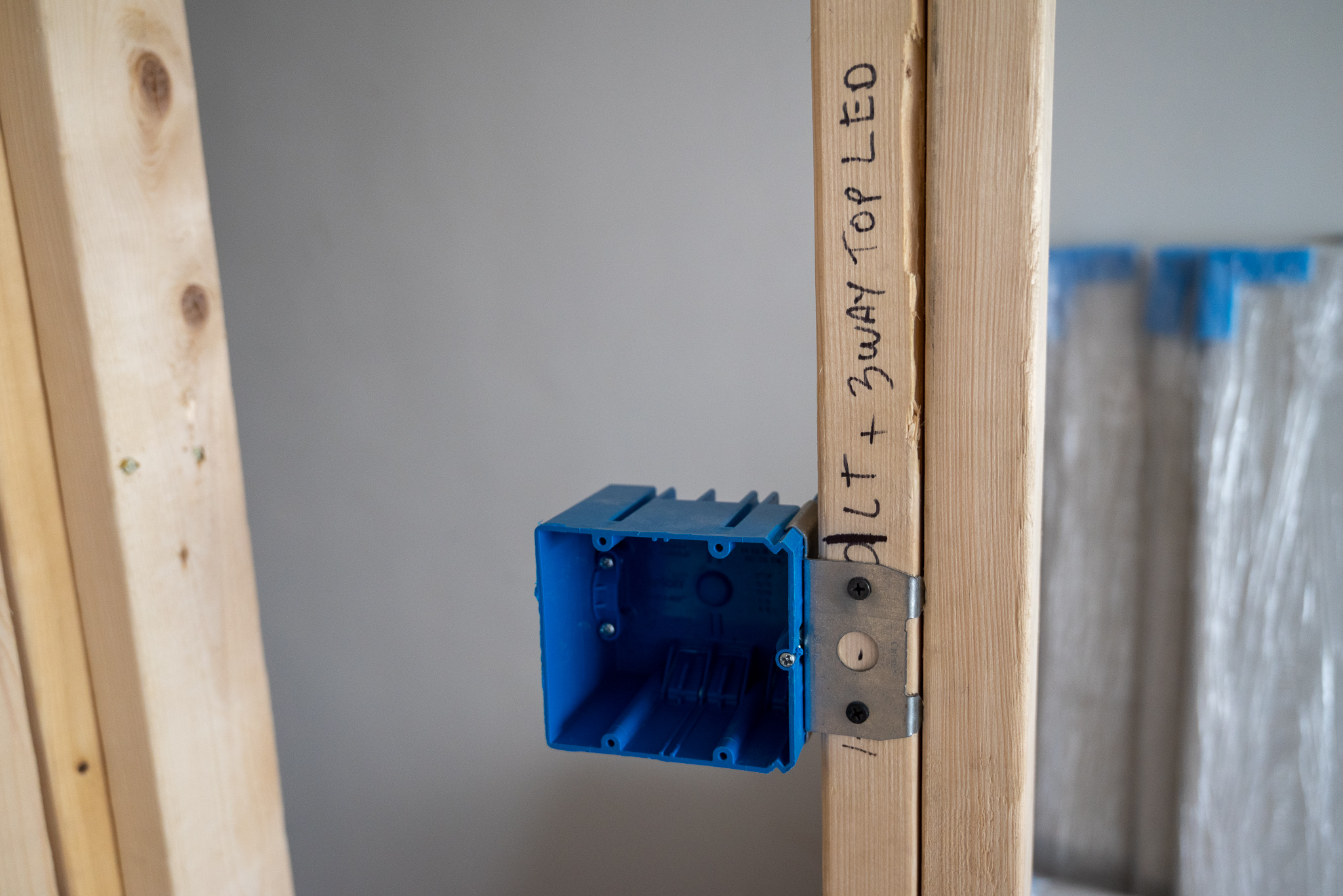The renovation is in full swing. This point in the process feels the way I’d imagine a very long ocean voyage might. You know you’re on course, but at the same time you haven’t seen land or eaten a proper meal for weeks.
It’s less clear to me that this really will be done in early July, per the contract. And indeed, thanks to the ongoing global pandemic, my oven definitely won’t be here until August by the latest. The bread withdrawal is real. Doing a project like this is not for the fainthearted.
But I’m chronicling the construction process elsewhere.
Here, I wanted to continue sharing peculiar experience of eating restaurant or takeout food at every meal. It’s teaching me a lot about myself, the restaurant economy, and the mental burden of choice in a developed country.
More than anything else, I really crave variety. Partly that’s a problem born of my own decisions. Or perhaps more precisely, my budget constraints. If I’m honest, I probably could afford to spend $70 a night on dinner. Even so, that feels unwise to me as I spend so much money on the renovation project.
When you’re trying to keep dinner under $20, there’s a limited pool of places and a limited set of dishes that’s available. (And yes, I realize that even that speaks to my immense privilege! Burger King would be cheaper. Most people my age aren’t embarking on an architect-designed kitchen renovation.) My modal choice has been Dig (formerly Dig Inn), a fashionable bowl food chain with locations in Boston and New York. As I think I wrote last month, I really like the concept and they do a great job executing what they do. For about $13 for dinner, it’s a great value.
But it really is the same thing over and over again. It turns out, you can get sick of really good roasted carrots, mint-asparagus salad, or lemon and herb farro. I love tiramisu too; I suspect you’d get tired of it eating it three times a week for a month and a half.
Nor do I feel like it’s only these fast casual chains. I’ve done a fairly wide sampling of what I’d describe as “cheap and cheerful” Japanese, Thai, and Indian places. I love a cheap and cheerful Thai restaurant. Sometimes you’re in the mood for pad Thai, and, in my pre-renovation life, it was nice to get that once every few months. Every day? Too much for me. It all feels very similar, the edges rounded off for the broader market.
On some level, it’s not that surprising. The food at, say, Dig or Sweetgreen has to appeal to a broad audience. Fast casual is a volume business. They can’t do anything too experimental. Or looked at differently, there’s a reason there isn’t a Peruvian restaurant on every corner.
What’s surprised me more is the effort required to make this all-takeout system work. Yes, I suppose it spares me from having to cook and clean up. But there’s a surprising amount of mental load that I wouldn’t have anticipated.
Absurd as it may sound, choosing where to go can be difficult. It seems so easy when takeout is a release valve for one of those evenings you’re especially exhausted or don’t have time to cook. You know there’s a reasonable pizza place down the street, so you order pizza. When it’s every day, it’s no longer novel.
When you’re eating takeout every day for every meal, a choice dilemma creeps in. Am I really in the mood for cheap and cheerful Japanese? When was the last time I had it?

On top of which there’s the literal physical work required to make it happen. You have to figure out which of the online ordering platforms the restaurant uses for takeout. Or you have to call them, and spend a few minutes softly screaming into the phone while an overburdened front of house person logs your order. Then you have to get to the restaurant, wait, pick the food up and (in most cases) take a longer route home due to the food detour.
None of which is really that strenuous. On the scale of adversity, the minor inconveniences of having someone cook hot food on-demand does not rank very high at all.
It does make me more sympathetic to the argument someone like Jamie Oliver makes around (as he would call them) takeaways. In his worldview, with a bit of thoughtful planning and knowledge, making dinner at home is actually a lot cheaper and faster than getting takeout.

There was a part of me that did (or still does) find that problematic. In the vein of something like Sarah Bowen and coauthor’s paper The Joy of Cooking?, getting people back into the kitchen is not really the answer to the obesity crisis so much as addressing deeper issues like the wage stagnation that means a household’s adults barely have time for anything, let alone cooking more expensive healthy food their children may reject.
But for the obnoxious people like me who don’t face those challenges, this experience makes me think the likes of Jamie Oliver have a point. There have been many evenings over the last month where I’ve spent so much more time and energy getting takeout than I would have cooking at home. In the time I might waste waiting for a slow restaurant to bring out my order, I could get some exercise, or just relax, while, say, a pot of rice steamed away.
Assuming things stay roughly on schedule, it seems possible that enough work will be done in the next month that I’ll have some kind of working kitchen. Stay tuned.
